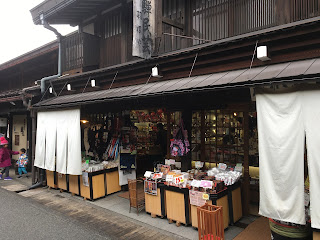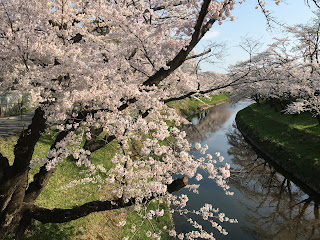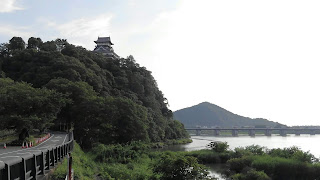COVID-19: Japanese government decided to end COVID-19 emergency in Tokyo area on March 21
Newly infected cases have fallen steadily after the second state of emergency was issued
The second state of emergency issued to curb the infection of the new coronavirus has been lifted on March 21 in Tokyo and its surrounding prefectures. This ends all the state of emergency in every parts of Japan. Two and a half months long state of emergency is over from now on after having been extended twice as the number of newly infected people has fallen since the restrictions were imposed.
However, the pace of decline has slowed recently and even rebounded in some
prefectures forcing them even to consider issuing its own state of emergency.
On the other hand, tourists are gradually returning to the sightseeing spots in
prefectures where the state of emergency was lifted at the end of February
prior to Tokyo metropolitan area. One of those areas is Takayama City, Gifu
prefecture.
Tourists return gradually in Takayama city thanks to earlier lifting of the emergency
At Takayama, a popular destination where the atmosphere of the Edo period remains, tourists are sporadically seen recently at morning market, well known tourist spots for its long tradition. Tourists buy locally grown vegetables, edible wild plants, pickled foods, flowers, fruits, rice cake and so on at an array of stalls with plastic sheet placed between customers and staffs.
According to Takayama City, the number of tourists visiting the city in 2020 fell to about half of the previous year due to the new coronavirus infections. At the souvenir shops and restaurants along the old town village, another famous tourist attraction in Takayama City which is designated as an area of important traditional buildings by the Japanese government, shop owners expect that many people will come back gradually, however they also concern the infection may spread again.
According to statistics released by the Japan Tourism Agency, the total number of overnight guests in 2020 was 304.8 million, a decrease of 48.9% from the previous year. It was the lowest since 2010, when comparable statistics are available due to restrictions on travel and going out after the spread of the new coronavirus infection.
In particular, the number of foreigners has decreased significantly by 84.4%, which has a serious impact on the occupancy rate of guest rooms in hotels and other facilities. The occupancy rate of guest rooms was 34.6%, a decrease of 28.1 points from the previous year. The same trend is observed in the Chubu region as well.
The Chubu transport bureau announced that the total number of
overnight guests in the five prefectures under its jurisdiction, including
Aichi, Gifu, and Mie prefectures, decreased by 43.3% in 2020 from the previous
year. It was the second lowest level since 2007 when the statistics began. The
total number of foreign guests was 1.22 million, down 85.3% from the previous
year, the lowest ever since 2007.
Vaccine’s rollout is expected to bring back the cherry blossom viewing and related activities in Japan next year
In Japan, cherry blossoms are beautifully blooming this year again. It may seem more people are going out this spring to admire blossoms although local governments ask people to avoid eating and drinking under cherry trees as usual. Popular spots for cherry blossom viewing all over Japan are usually clouded with many people at this time of the year.
However, Japan has another quiet Cherry blossom season. All Japanese have been hunkering down to prevent the spread of the new coronavirus more than a year, praying the infection subsides as soon as possible so that they can return to daily life as usual.
Unlike last year, people have a hope the scenery of "the end of pandemic" is finally seen in the horizon with vaccination roll out proceeding. Japan’s economy shows resilience bouncing back from the bottom amid the pandemic.
Cherry blossoms, widely seen throughout Japan, bloom all at once during a limited period in spring. In less than a week, beautifully blooming flowers fall. Those contrast between the beauty of cherry blossoms and the short flowering period is often compared to the fleeting human lifetime leaving a strong impression on people’s mind. That is why Japanese especially have been admiring Cherry blossoms long time as a traditional culture deeply rooted in Japanese society.
During the flowering season, festivals and events are held
throughout Japan to celebrate cherry blossoms. All Japanese believe they can
enjoy the cherry blossom viewing and related activities after they freed from
the pandemic when vaccines roll out is completed.






Comments
Post a Comment